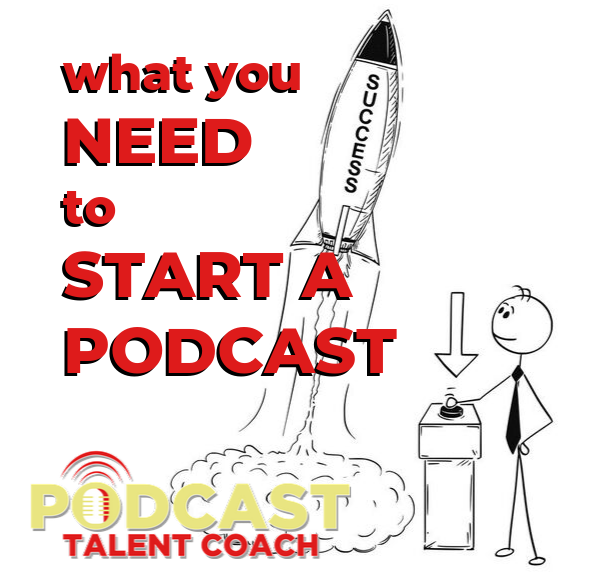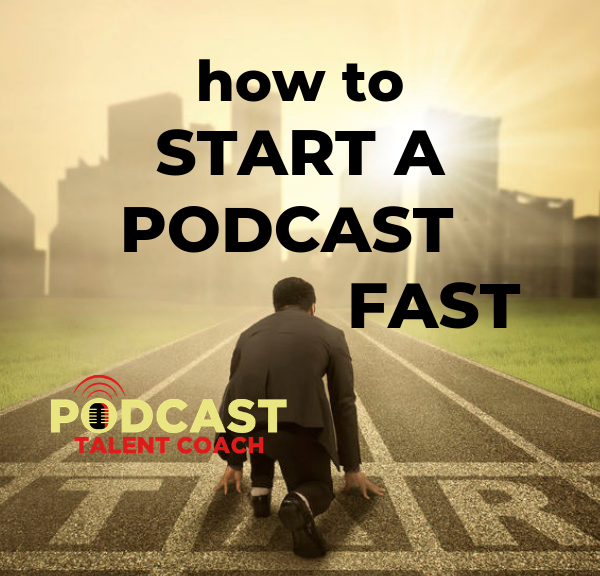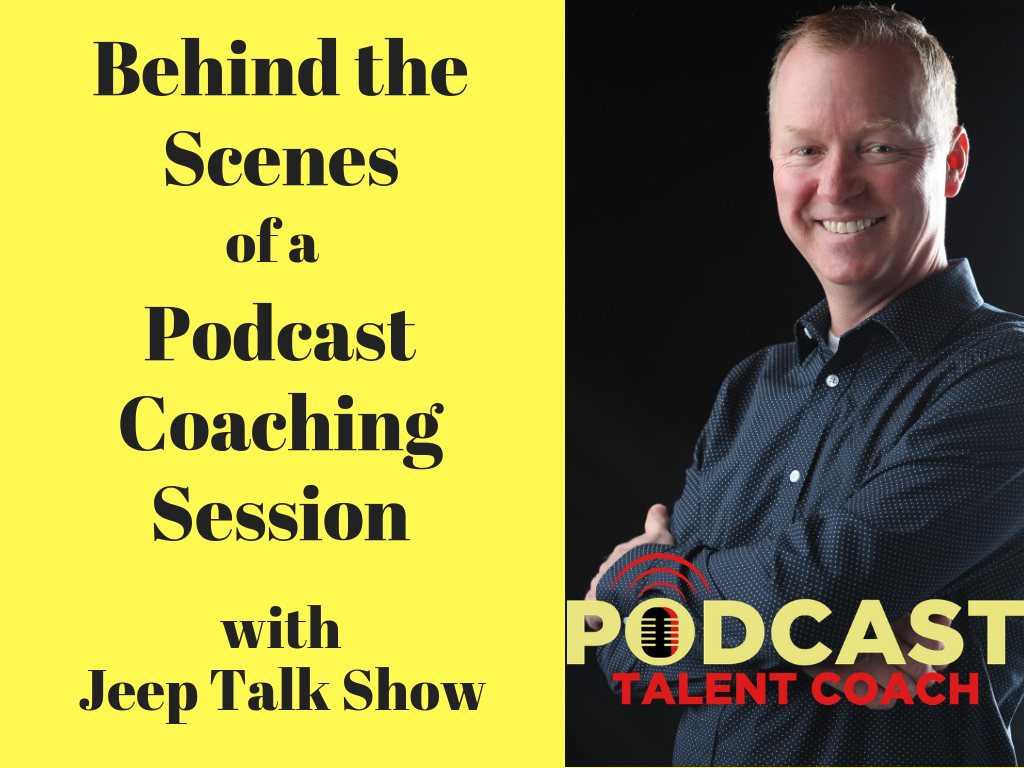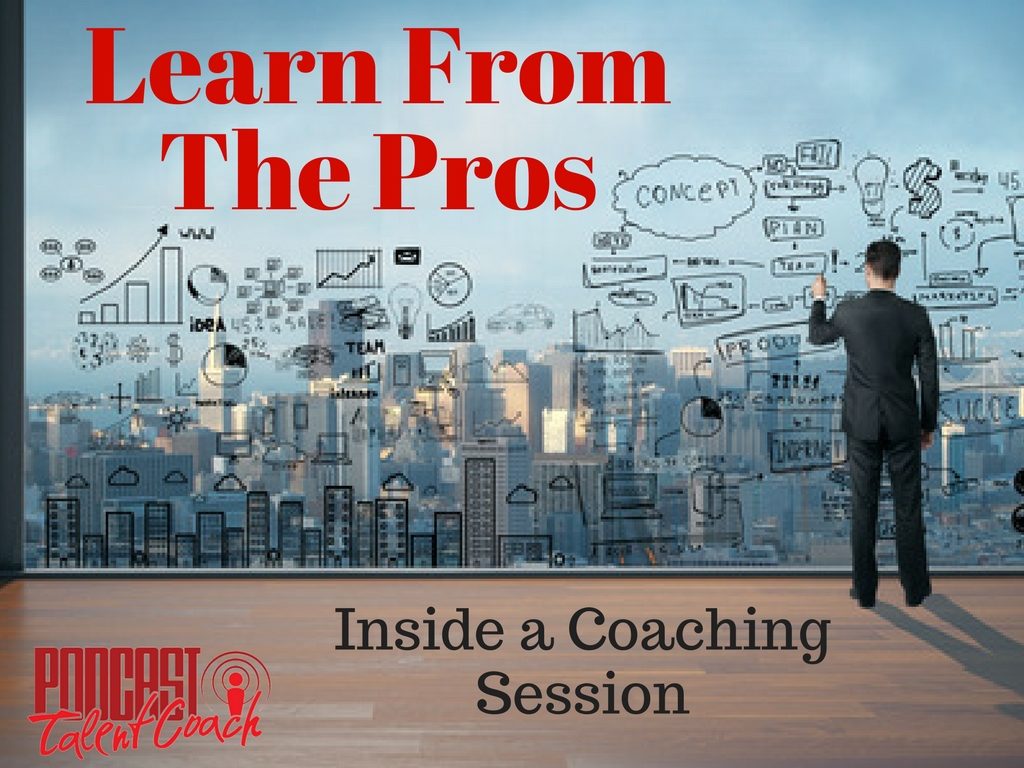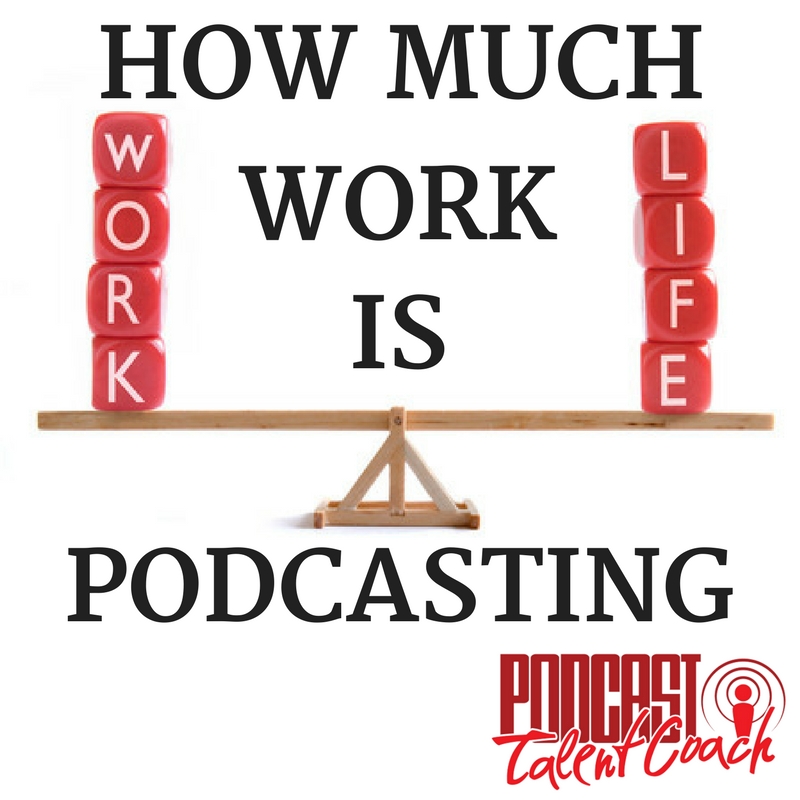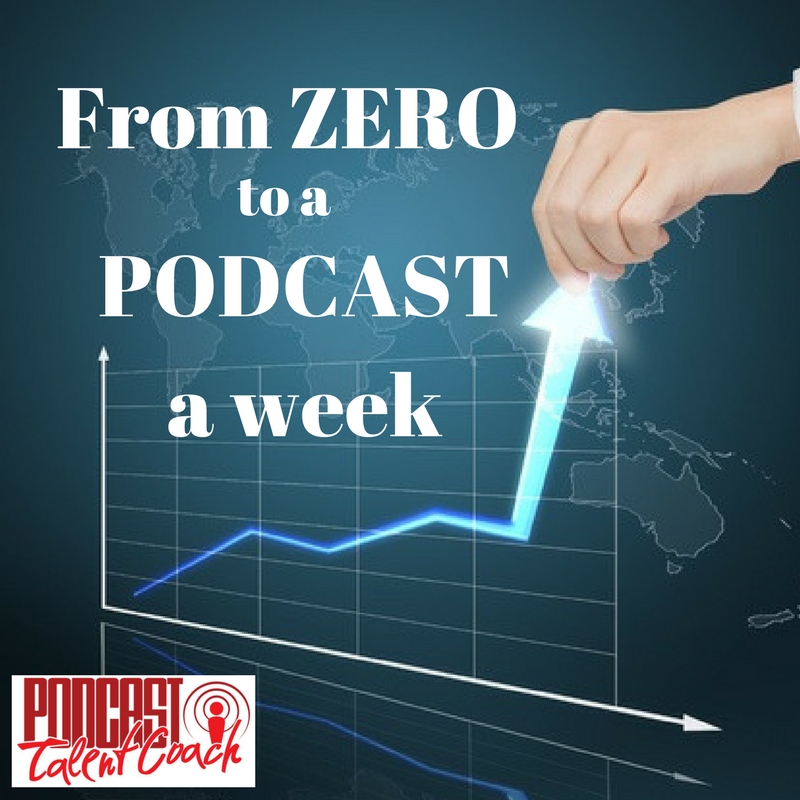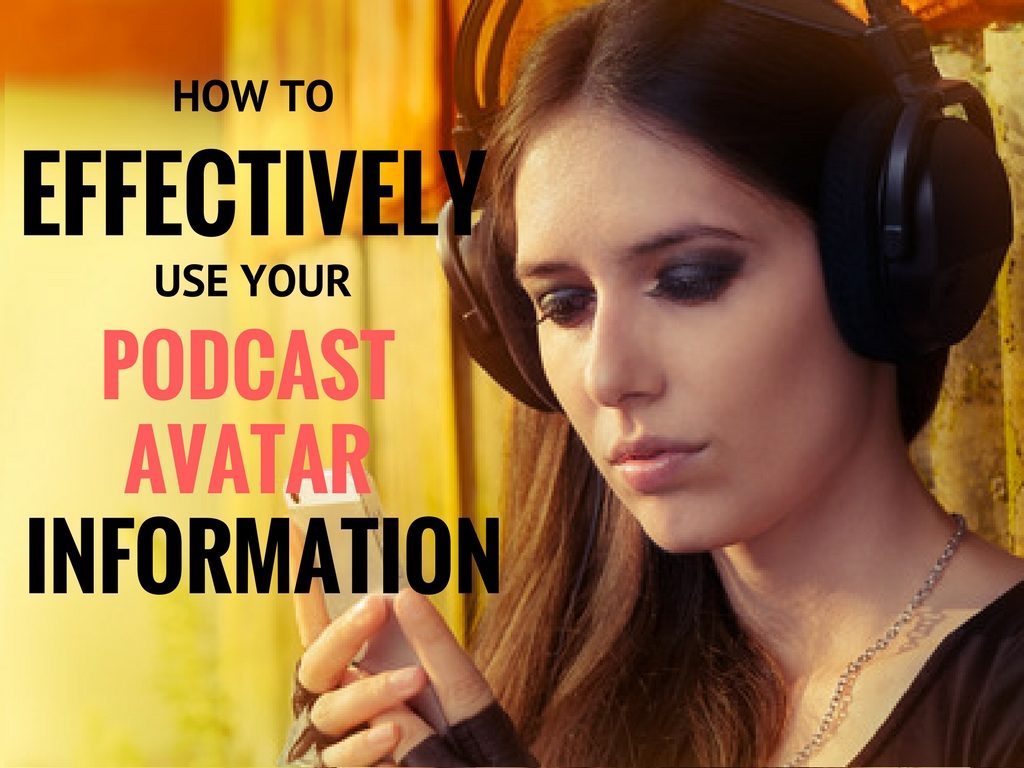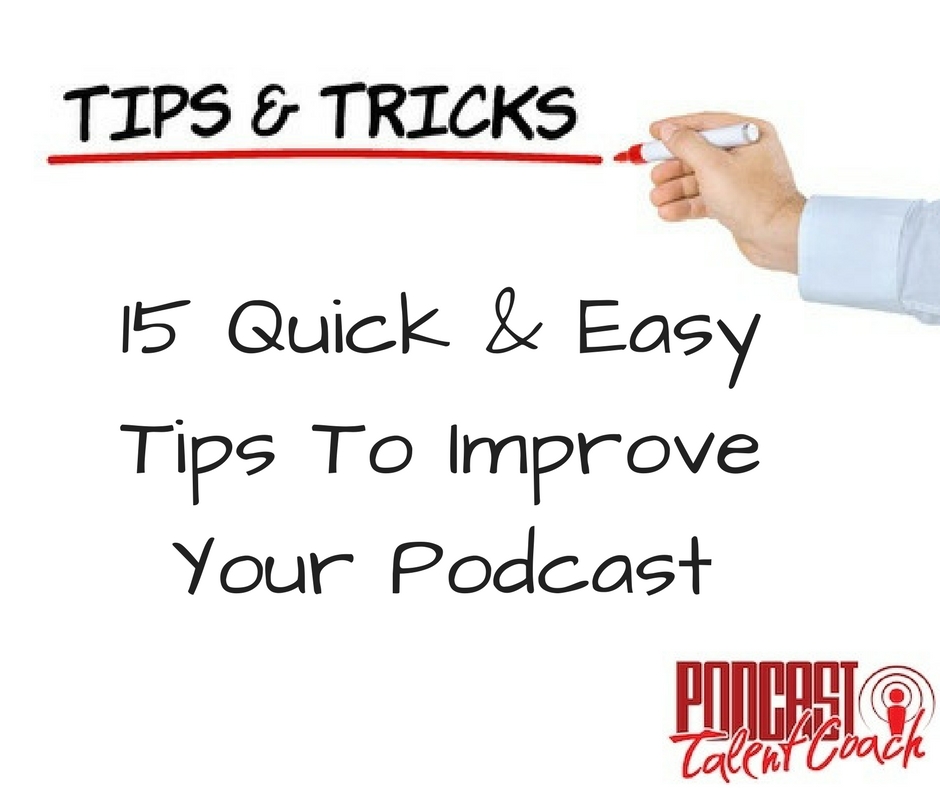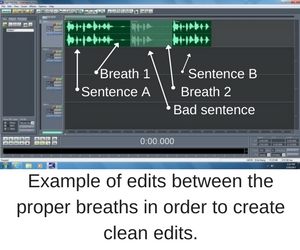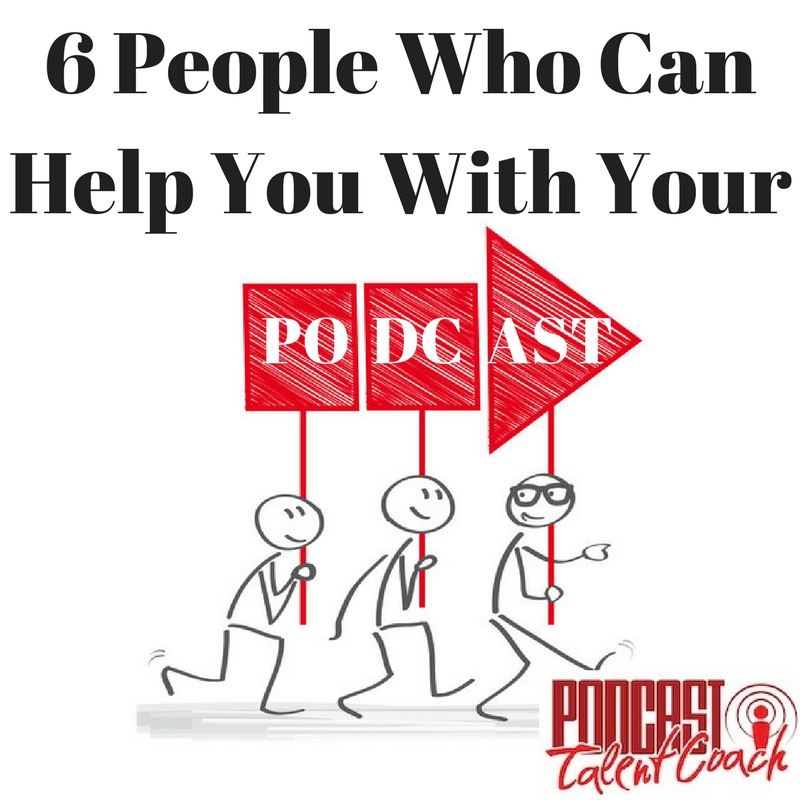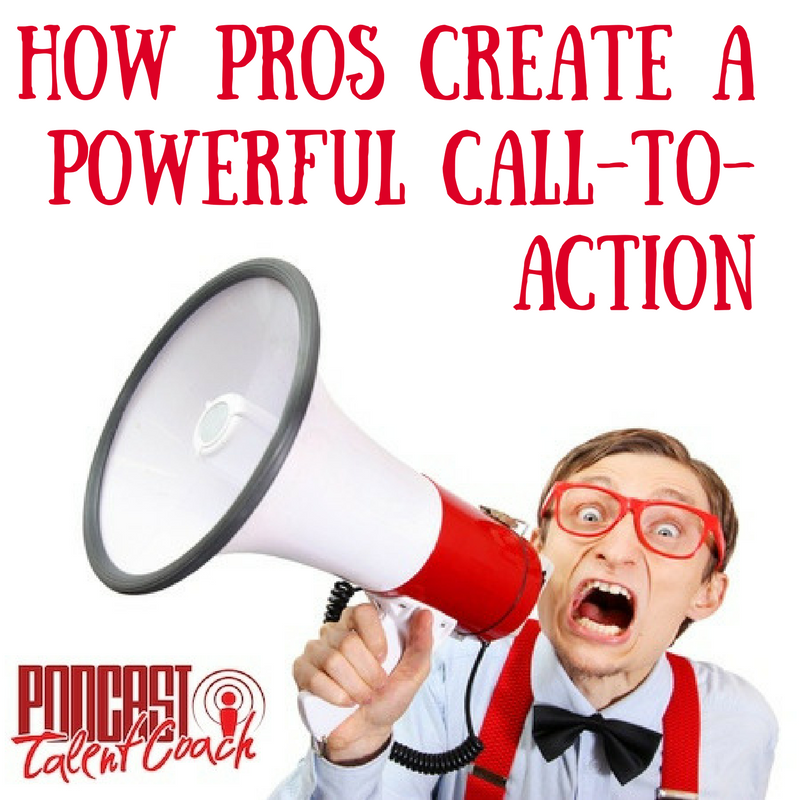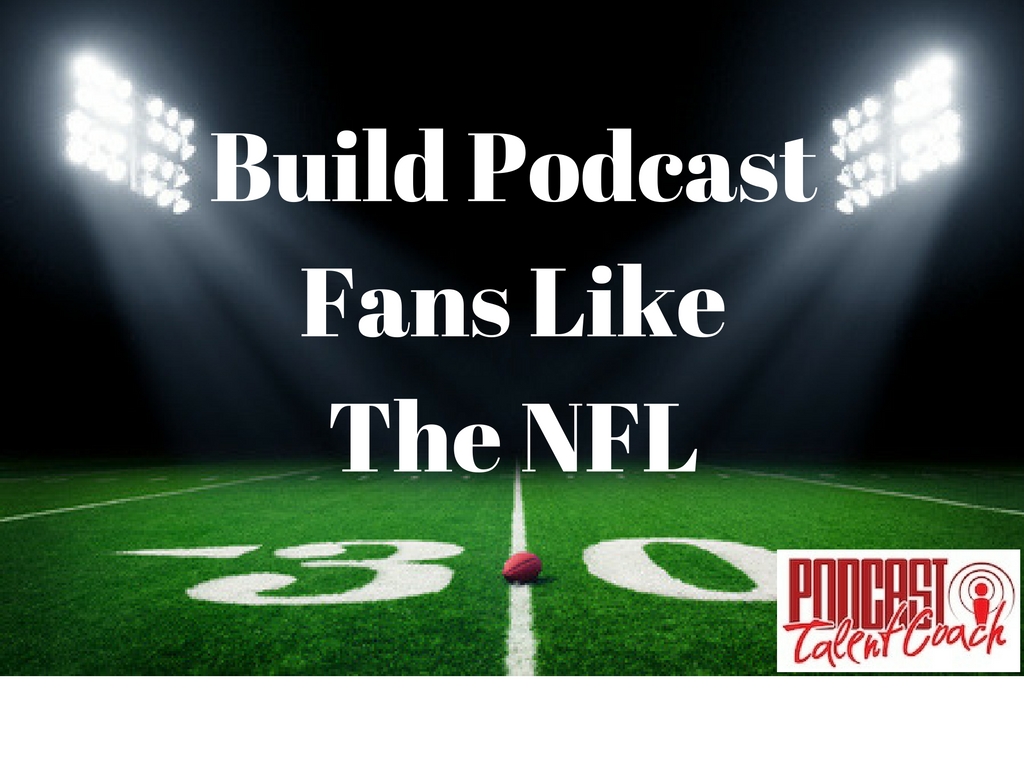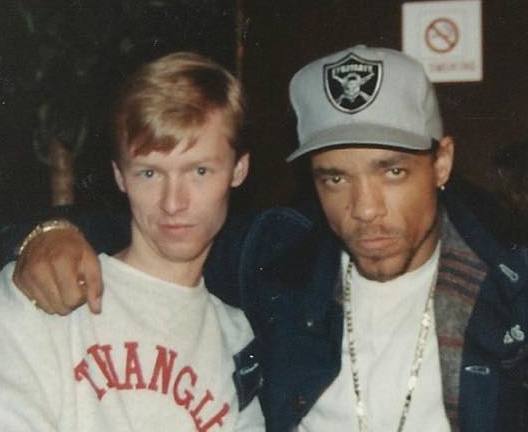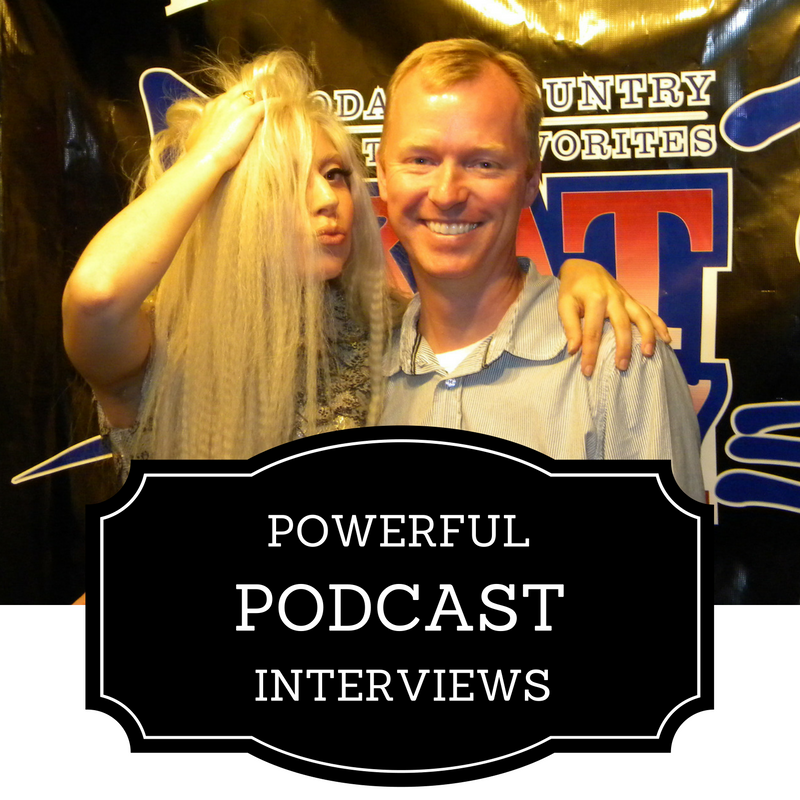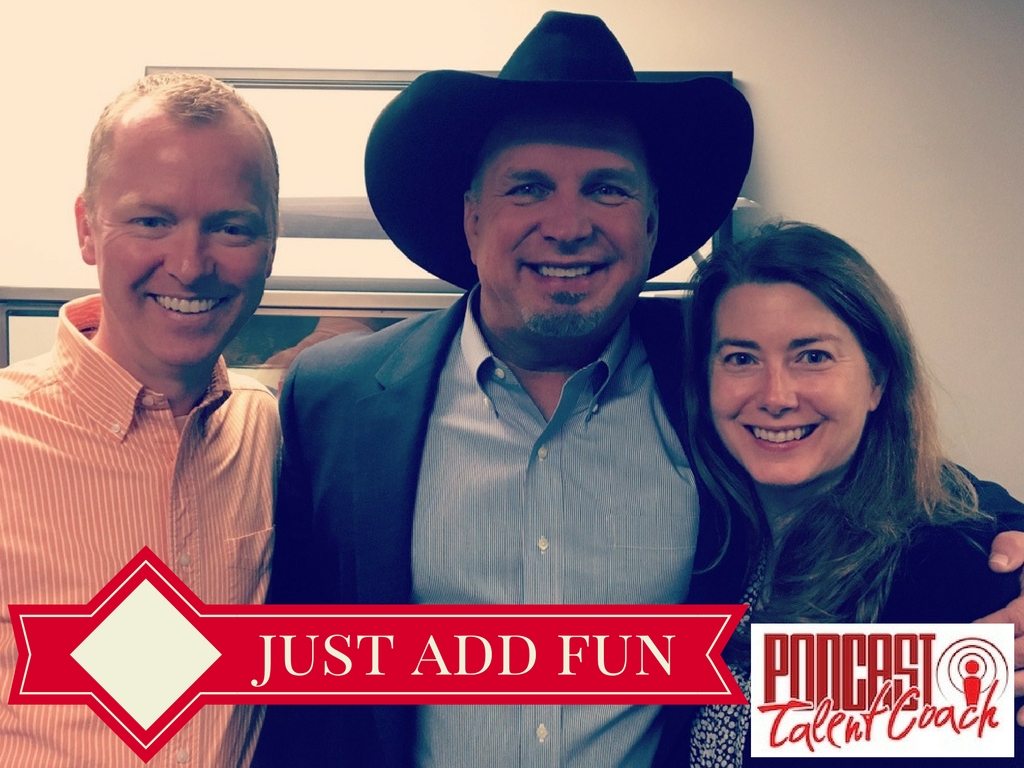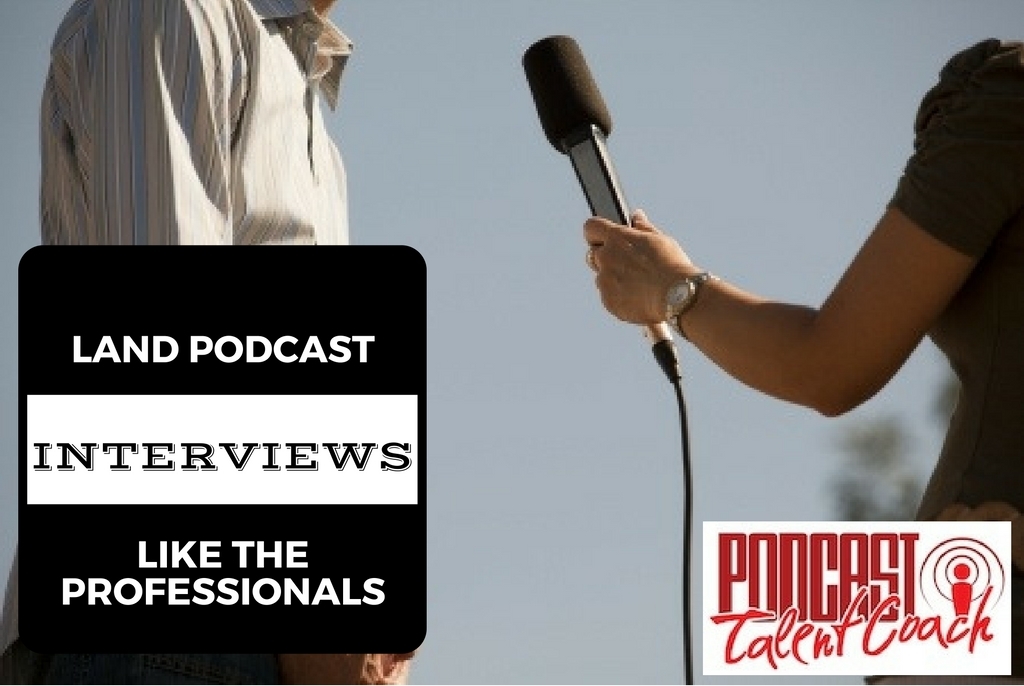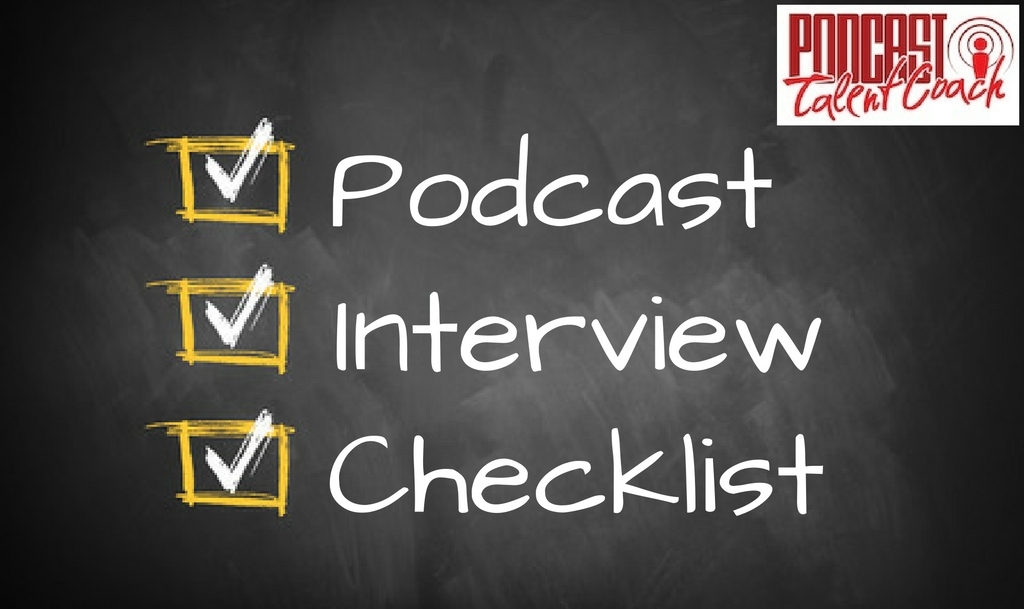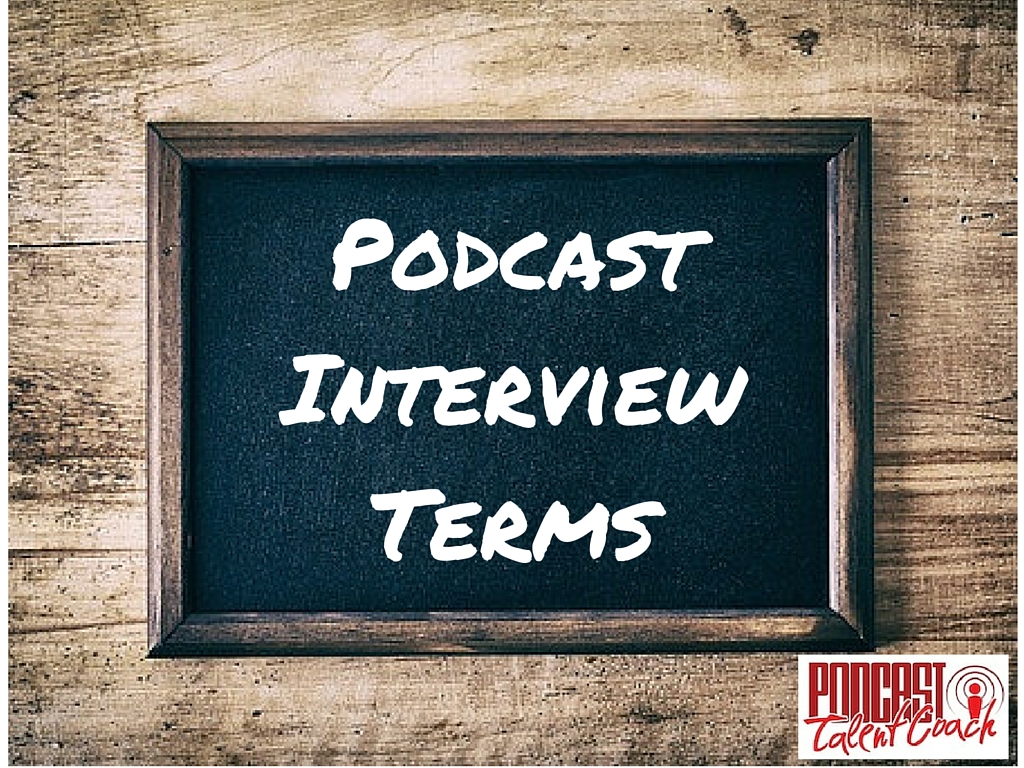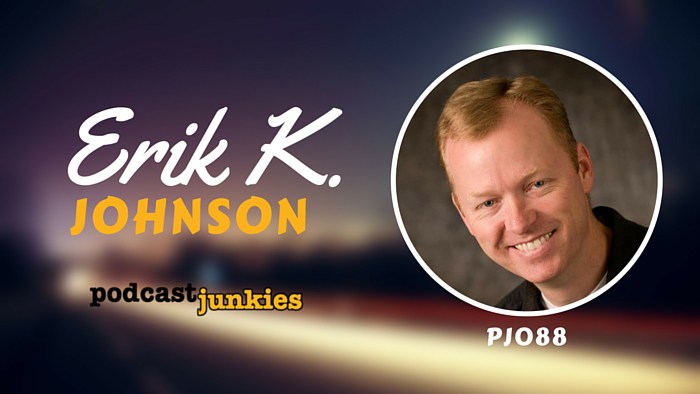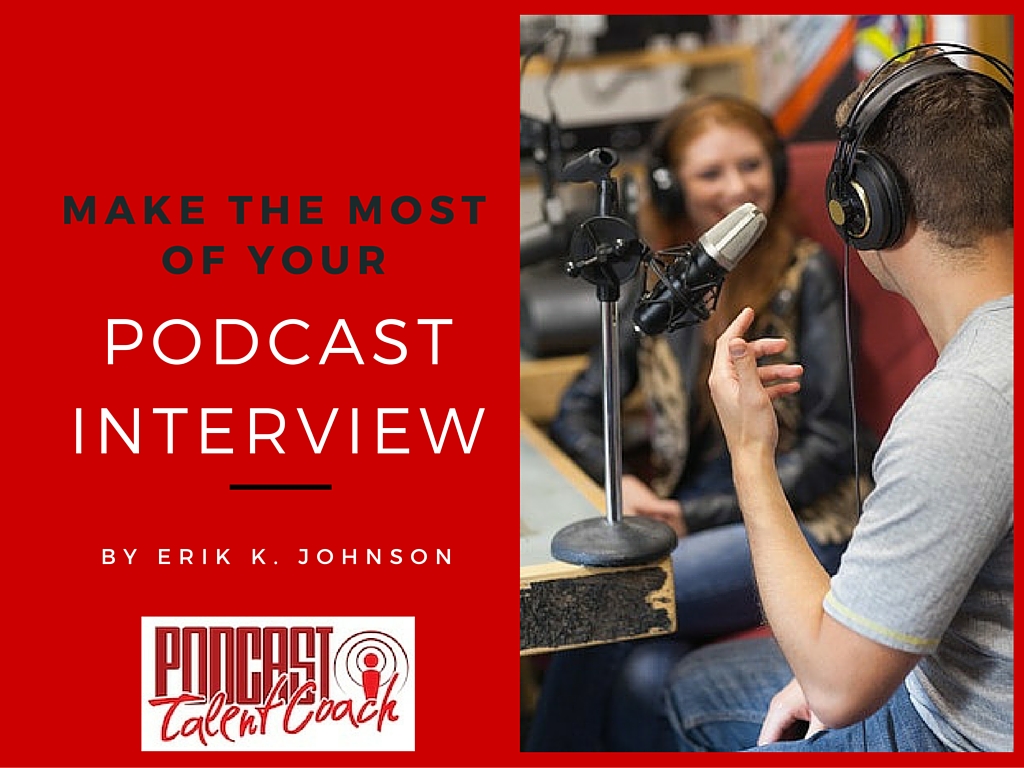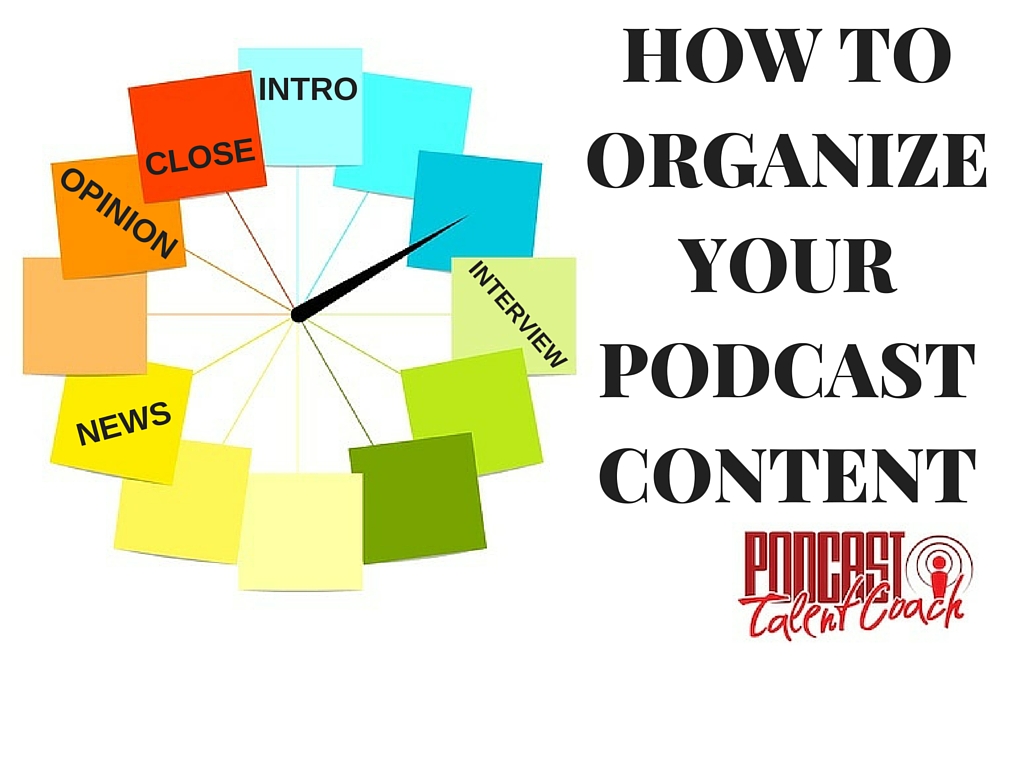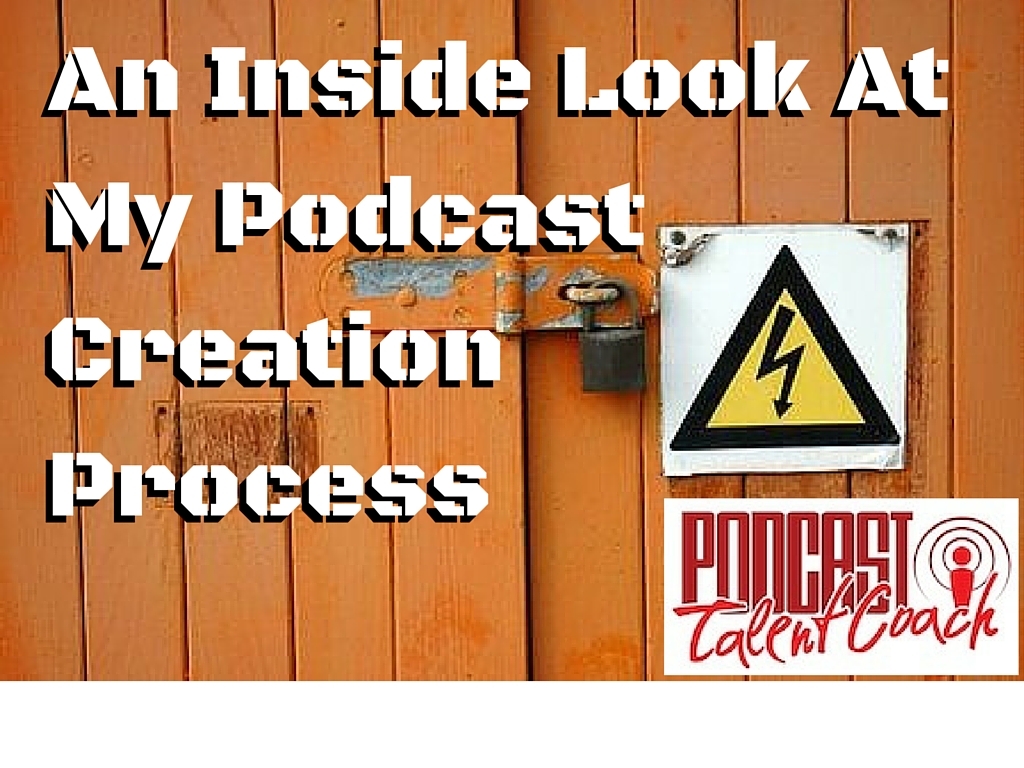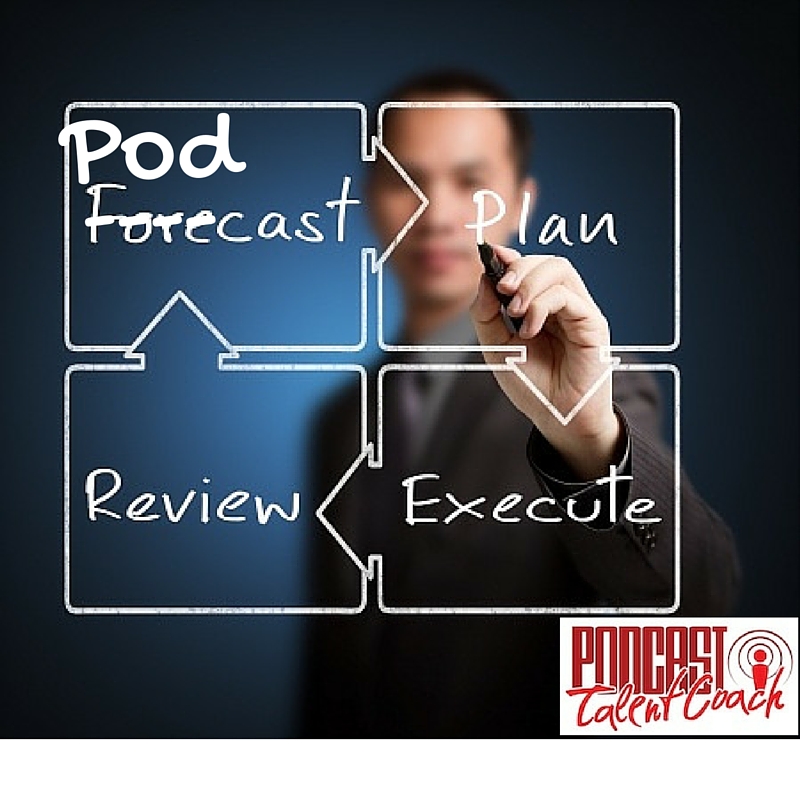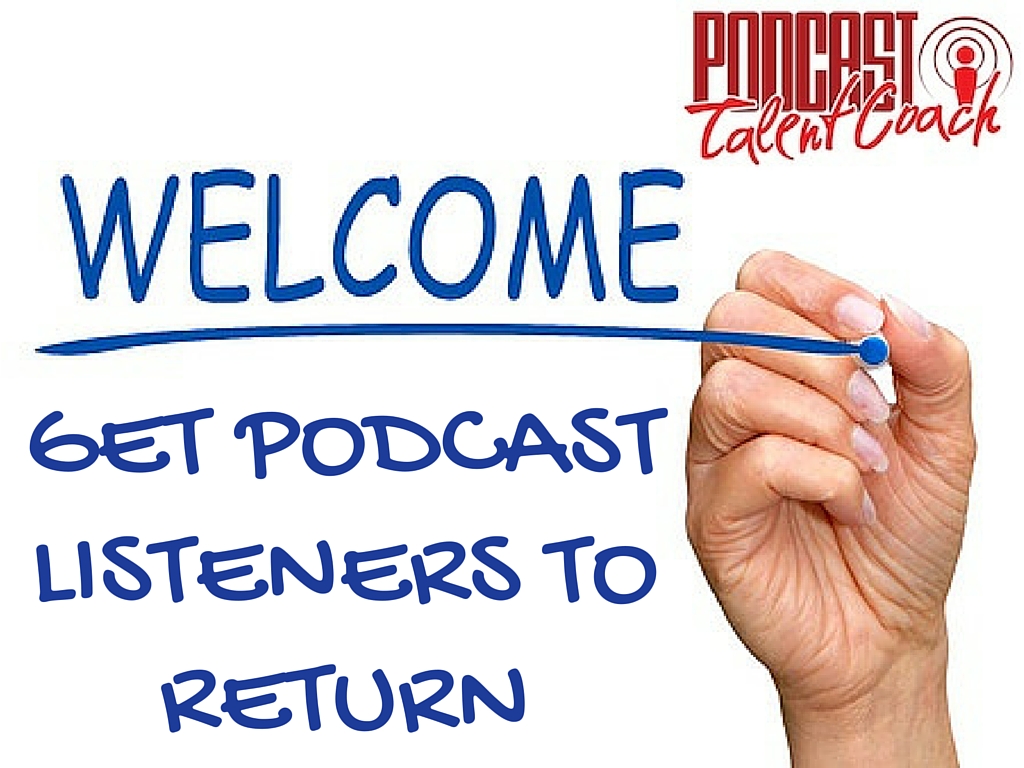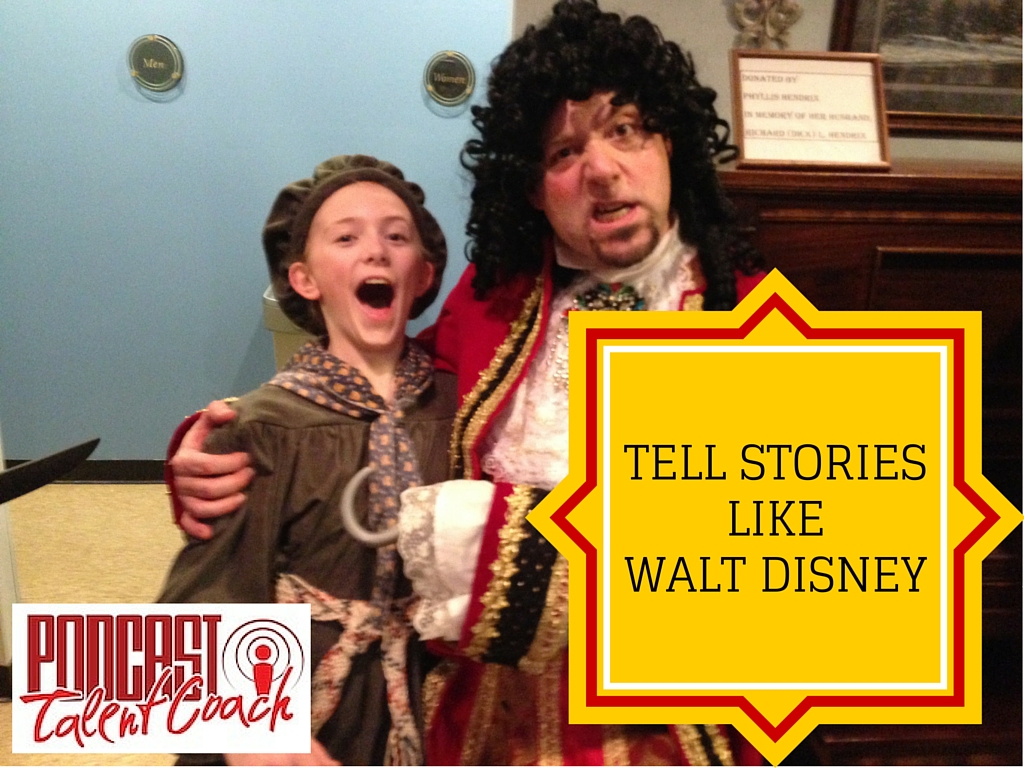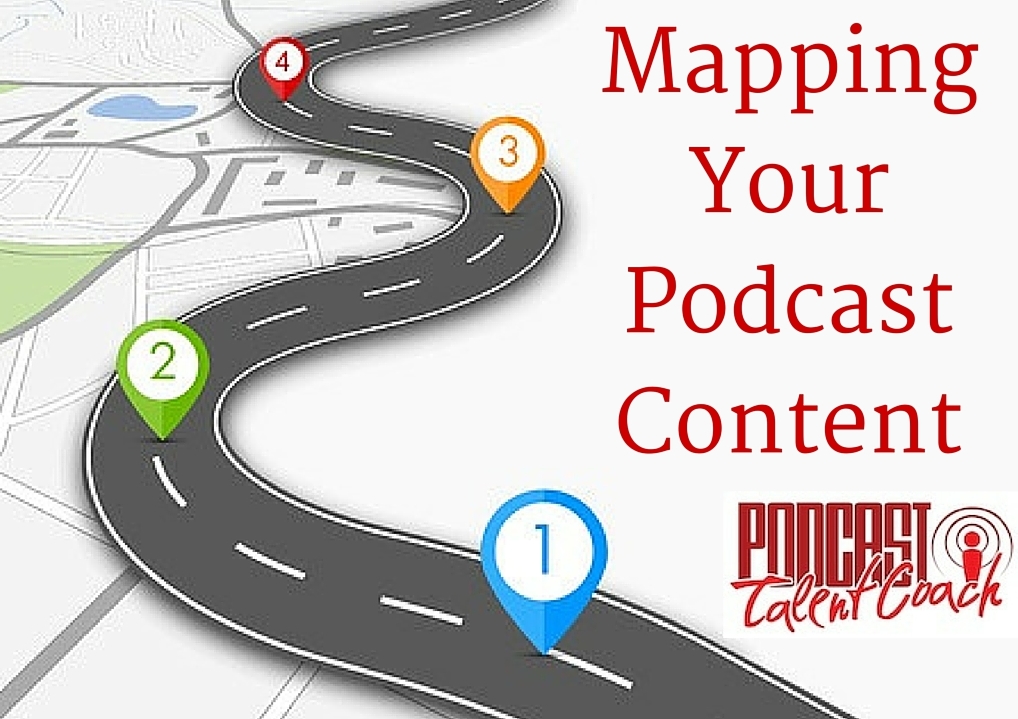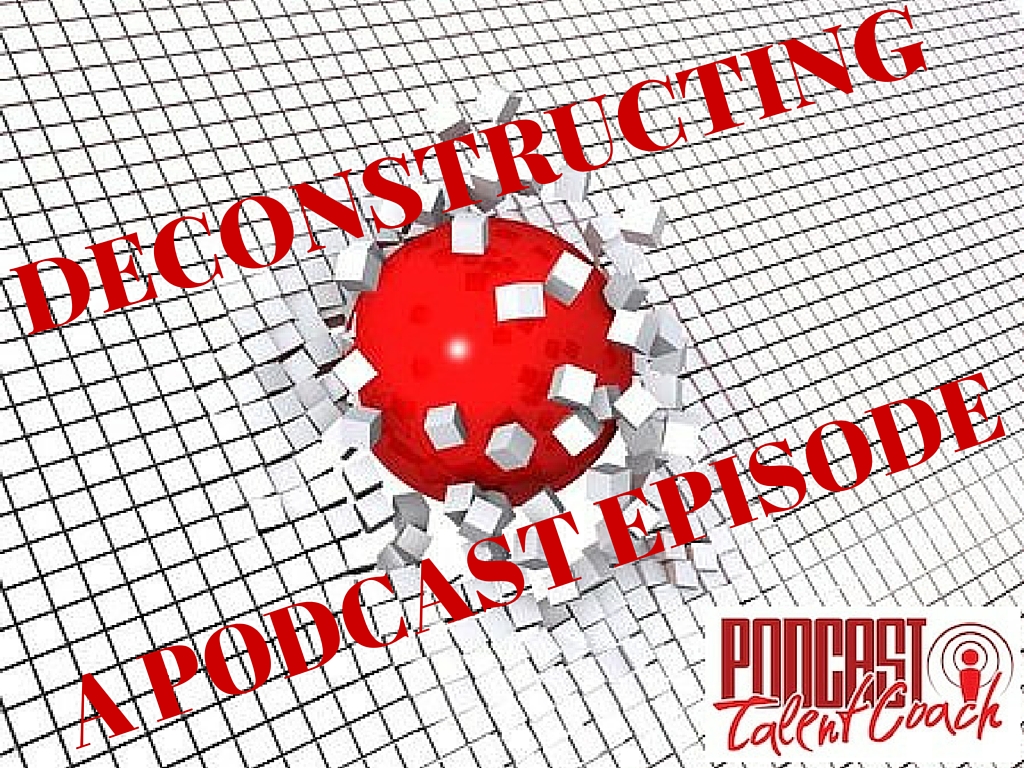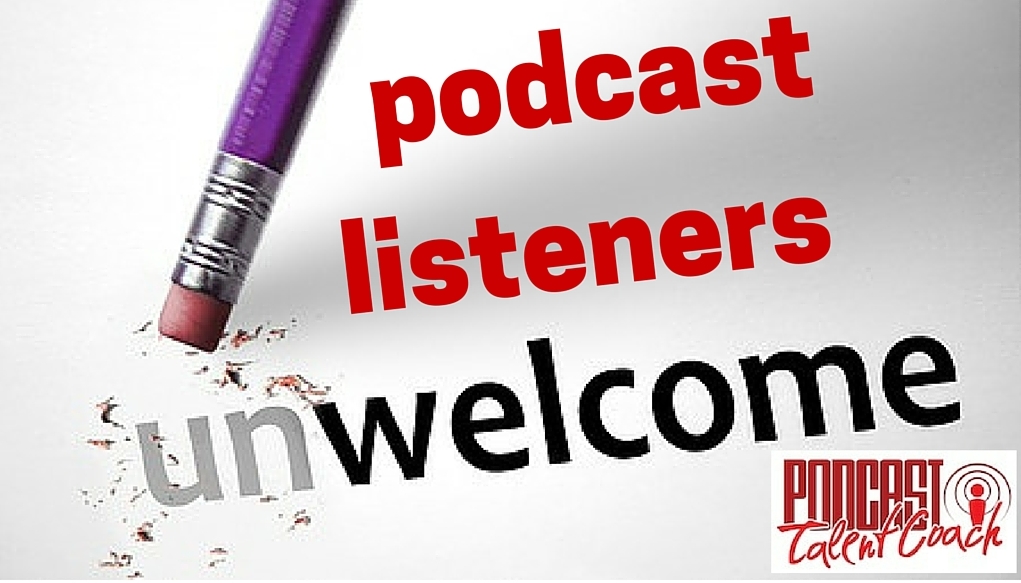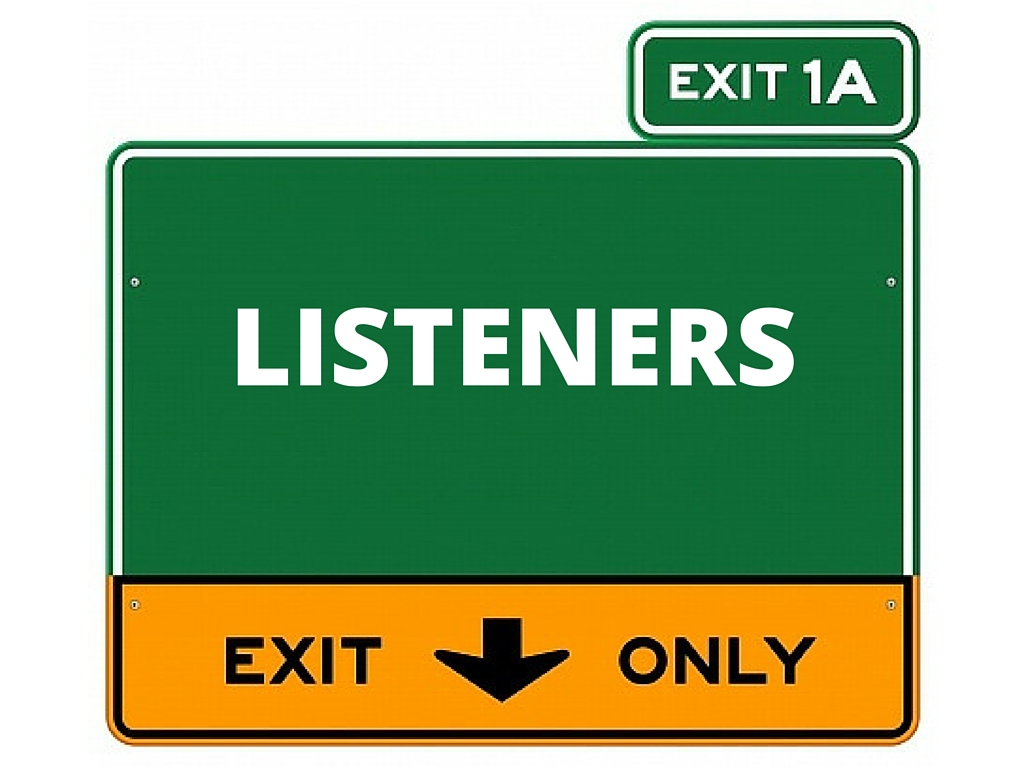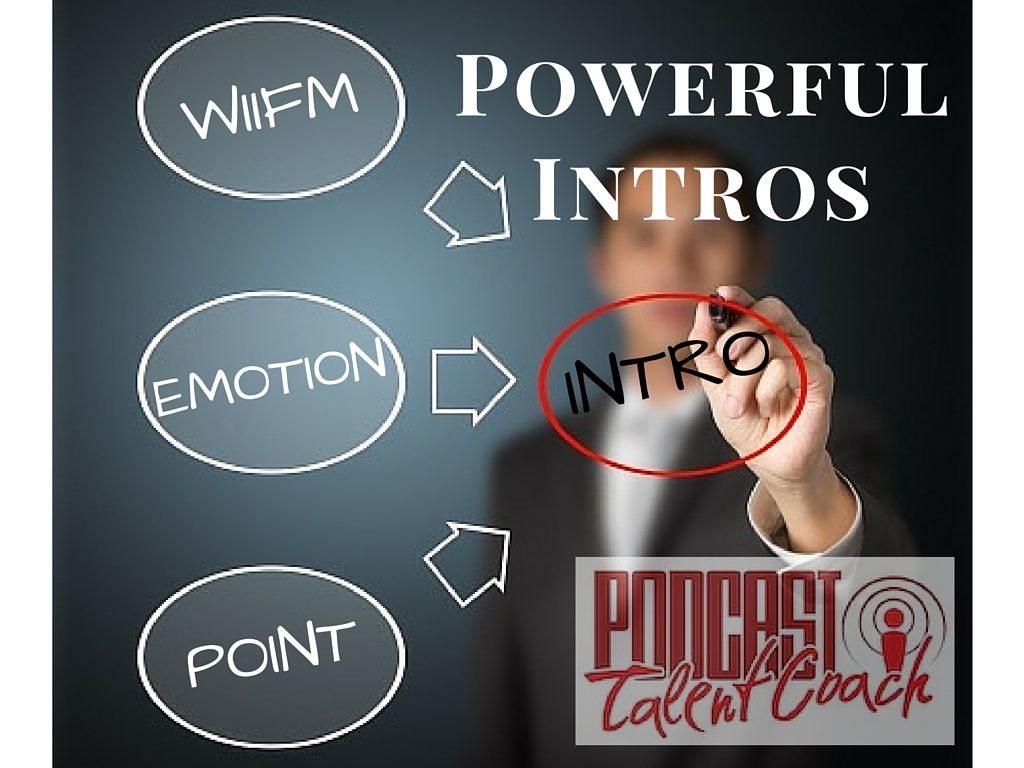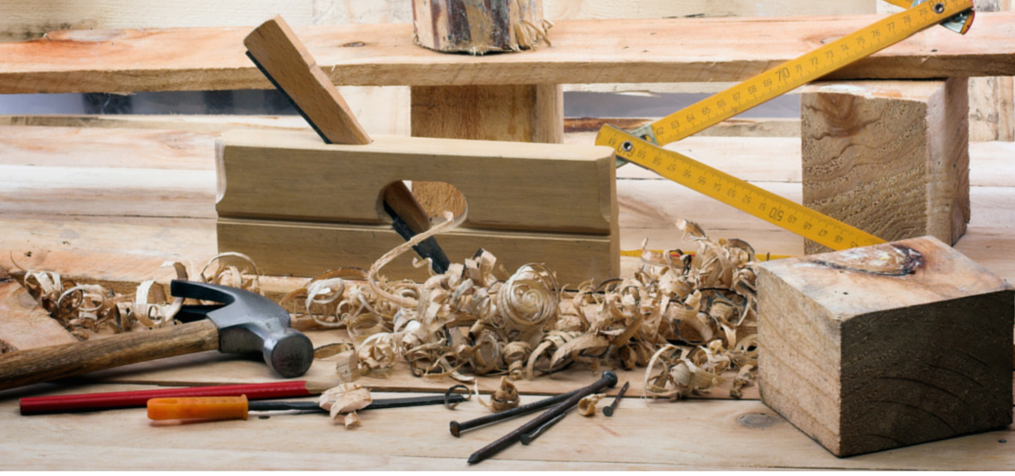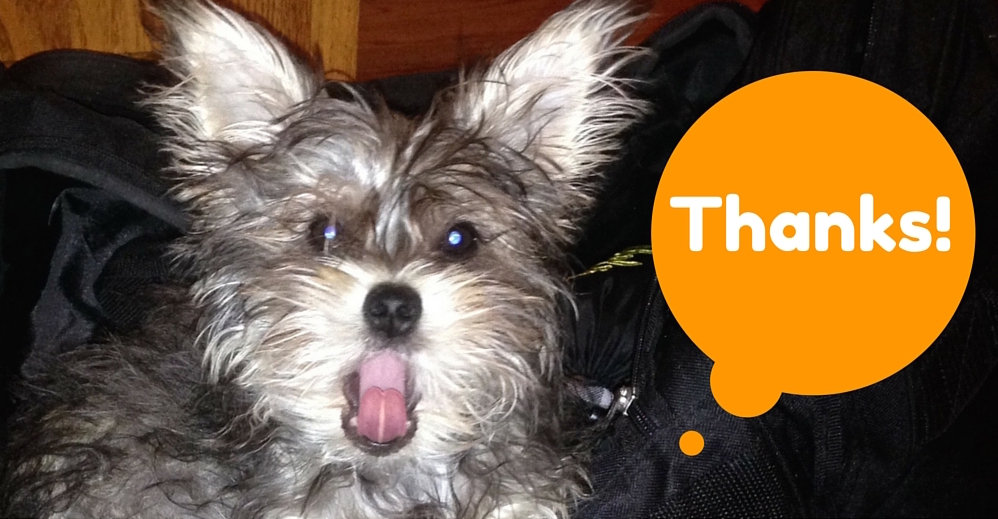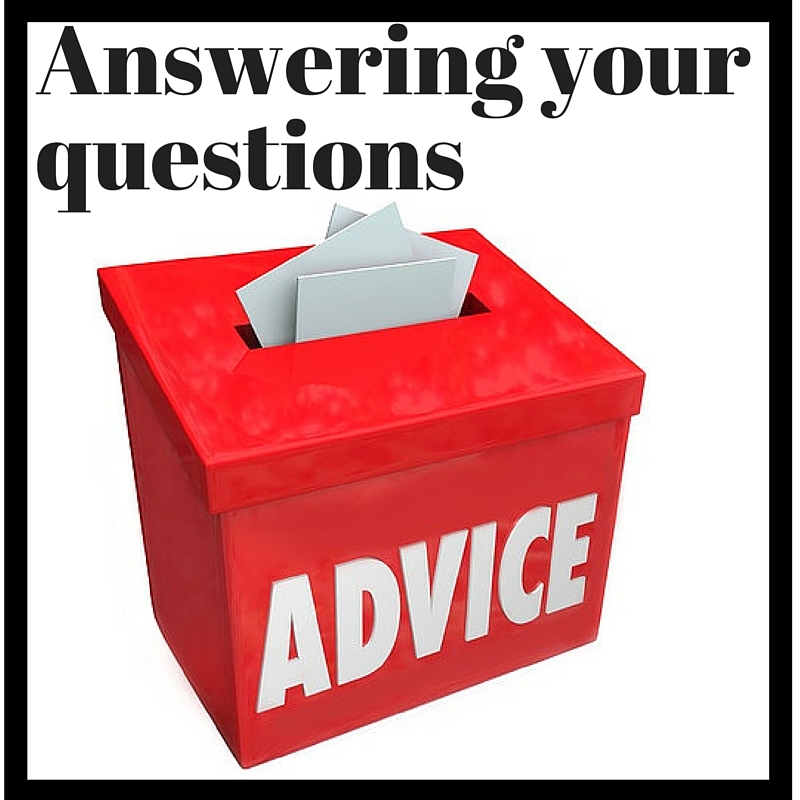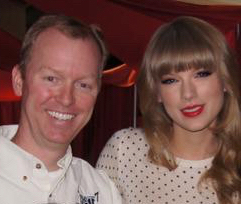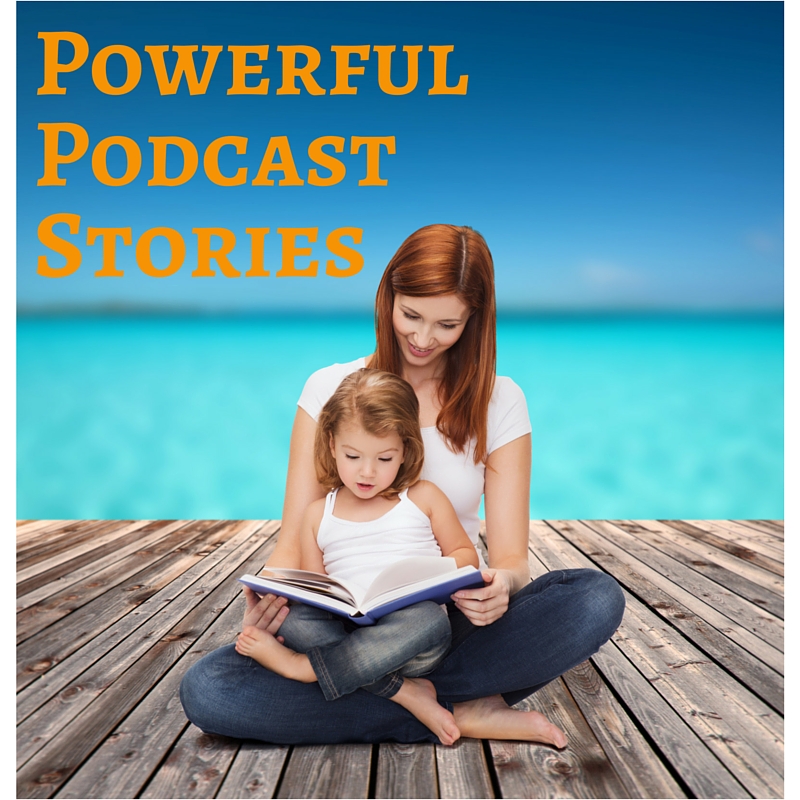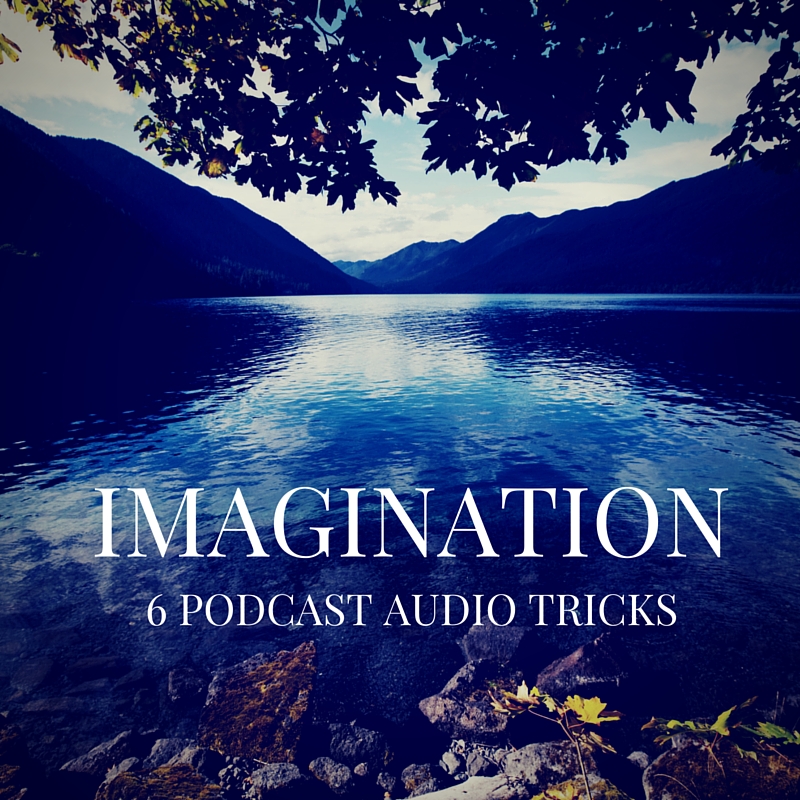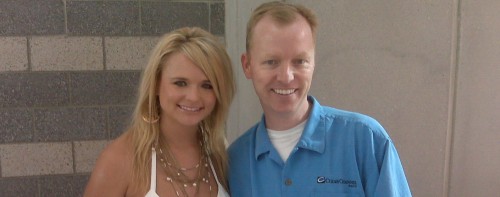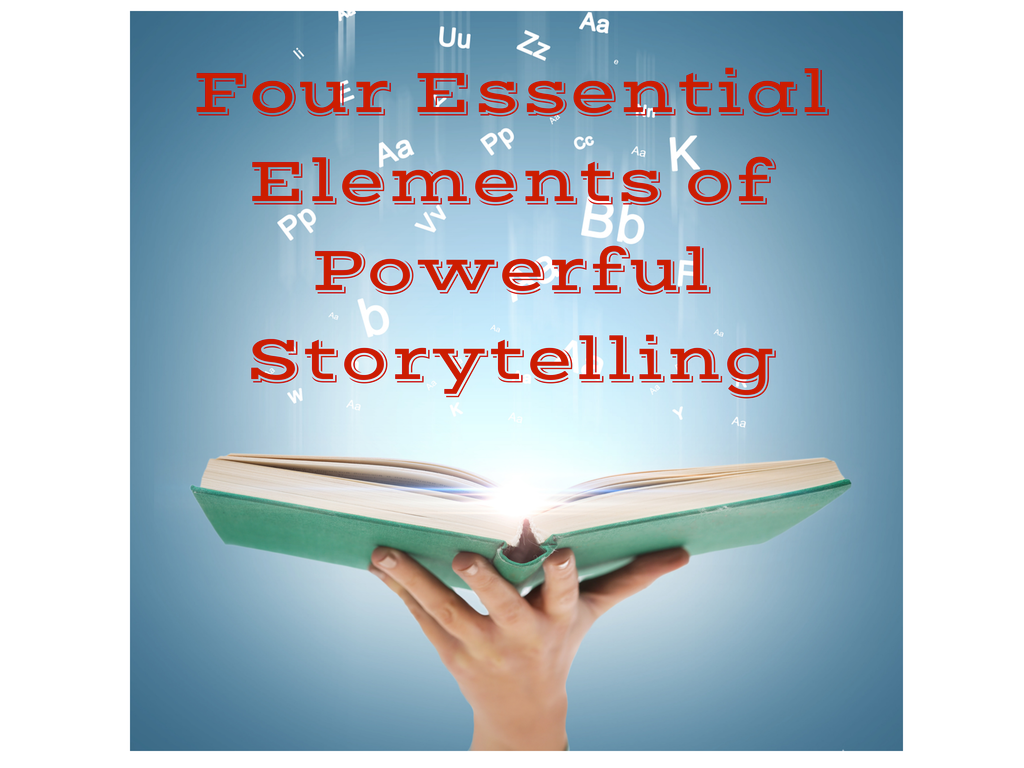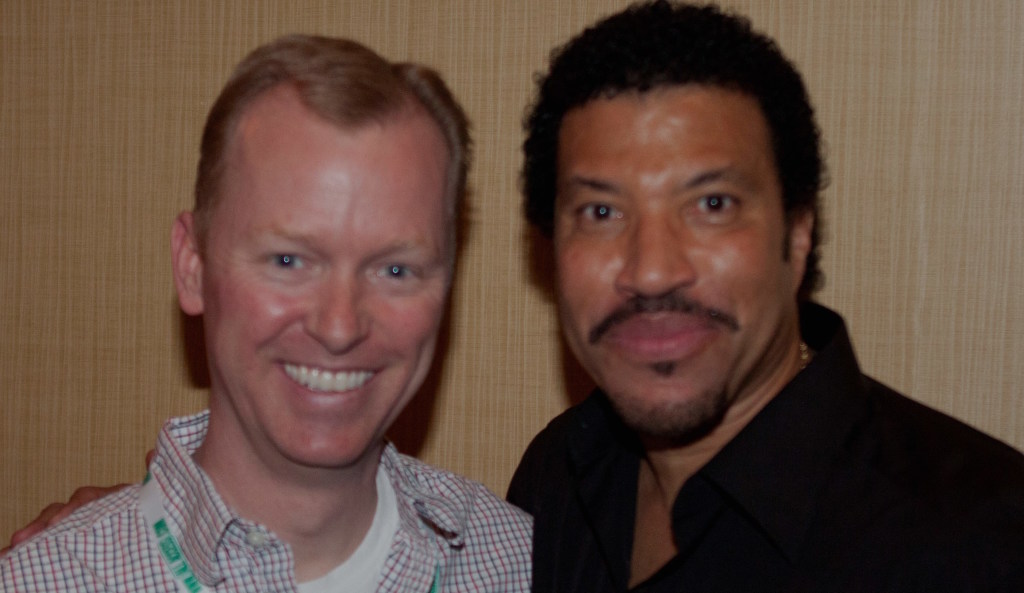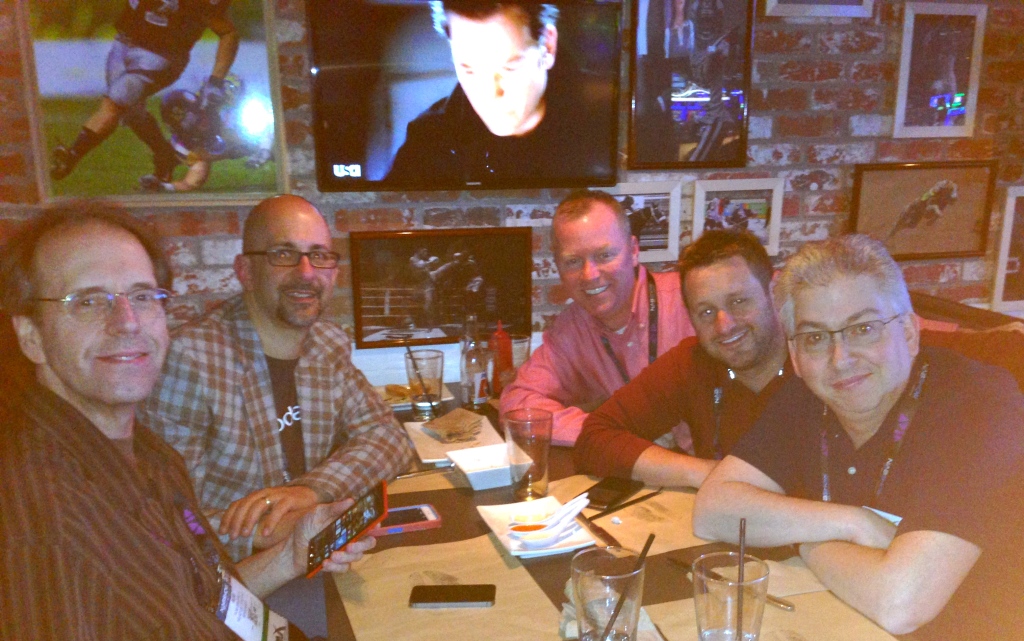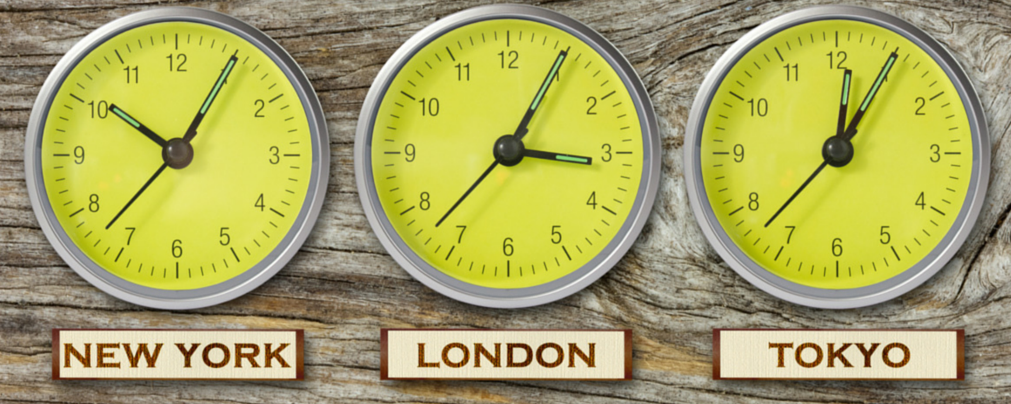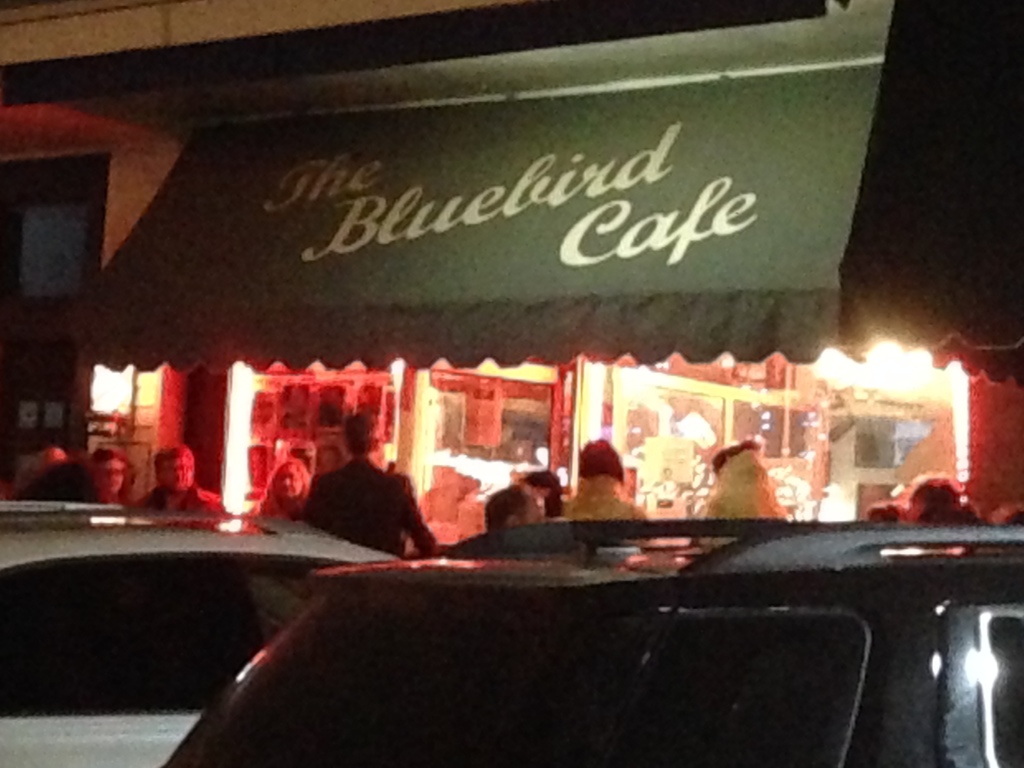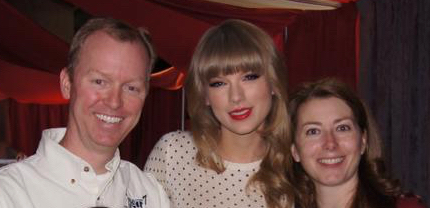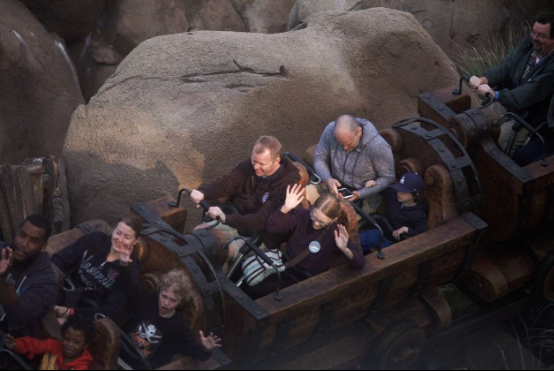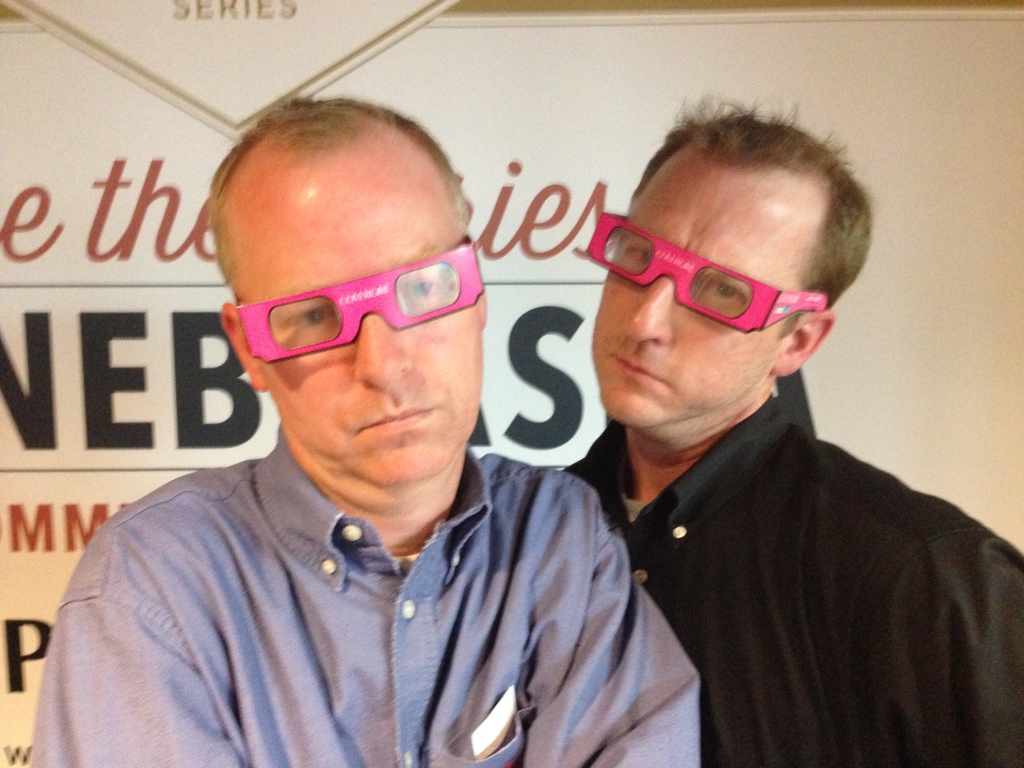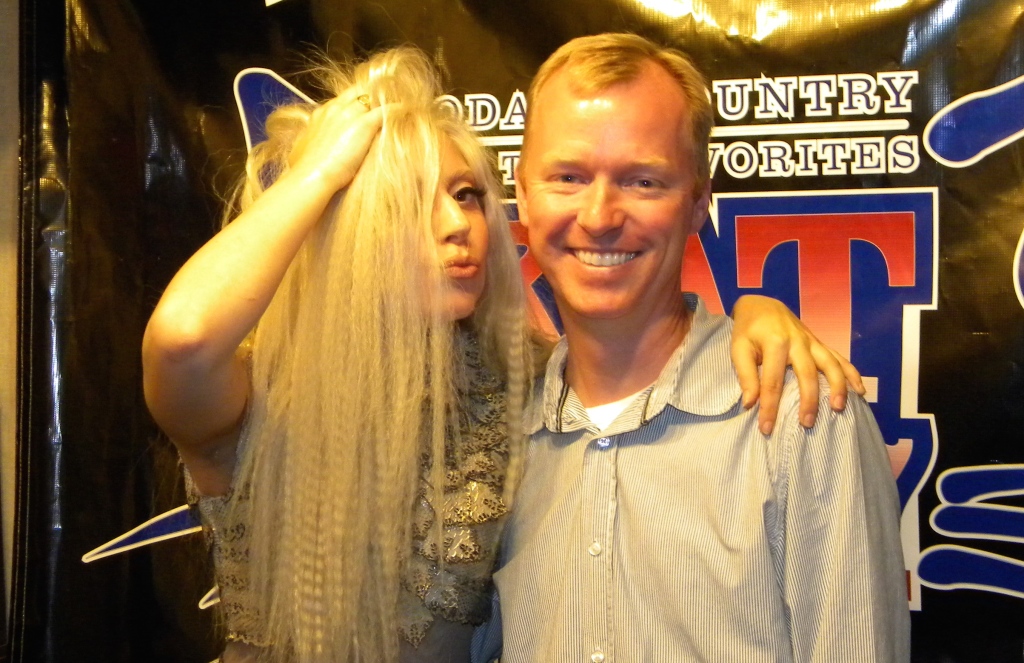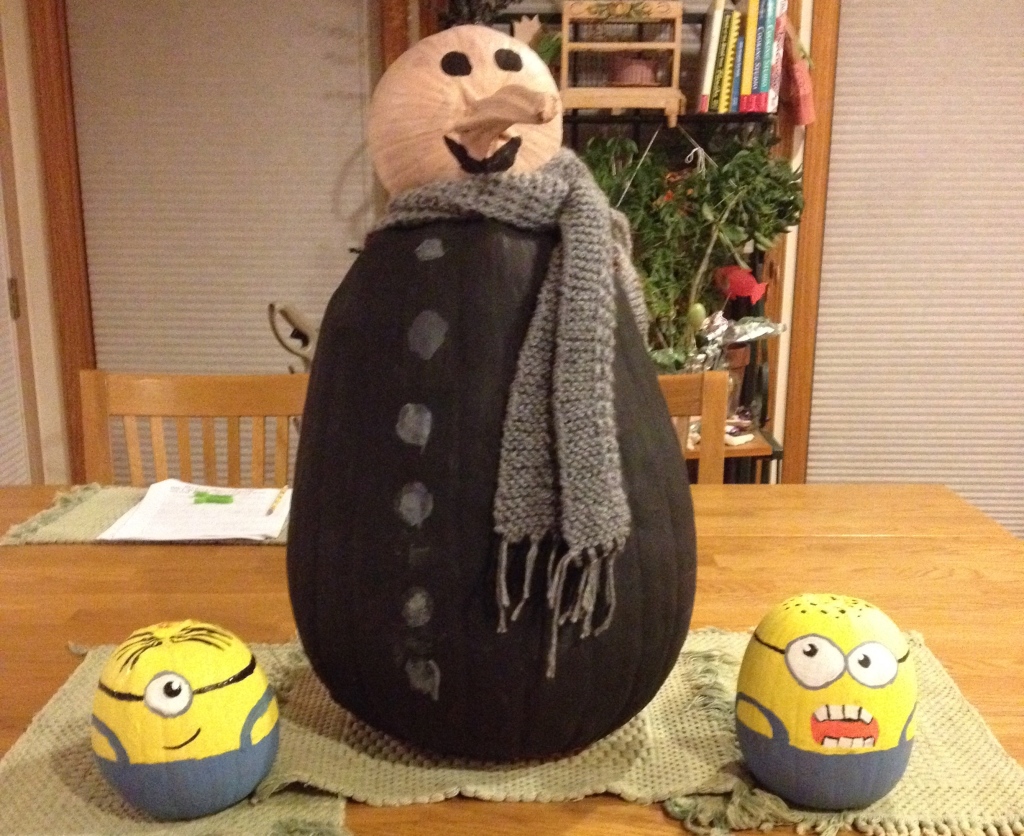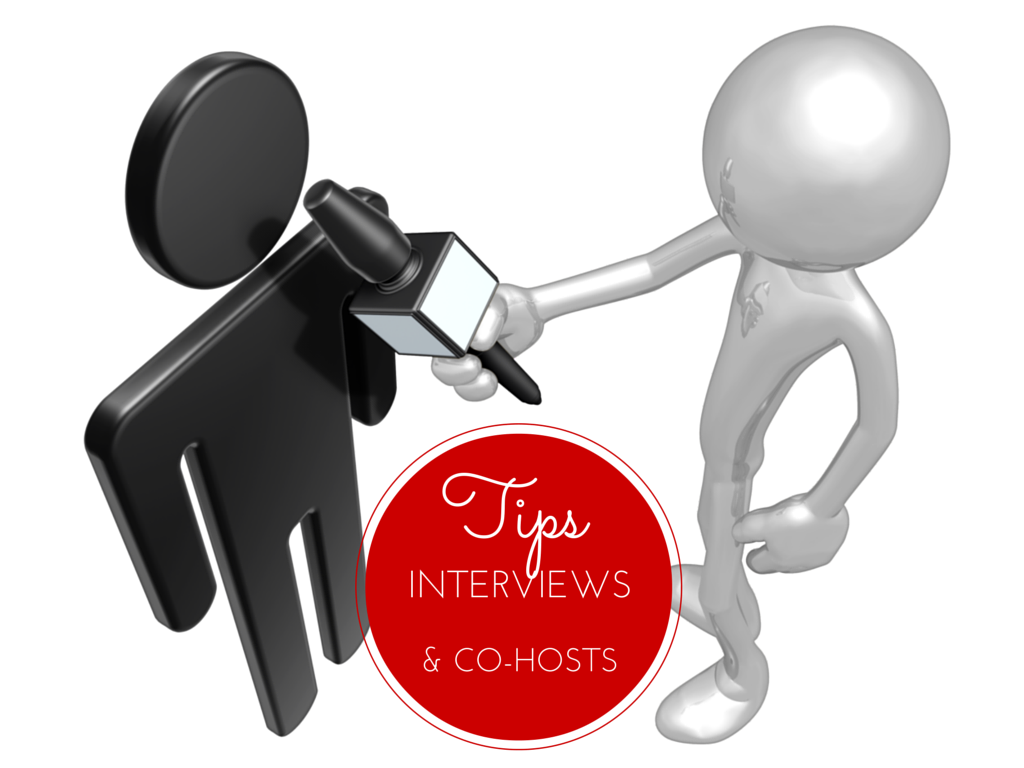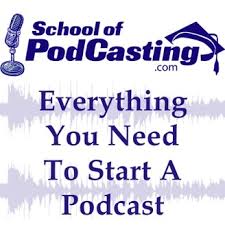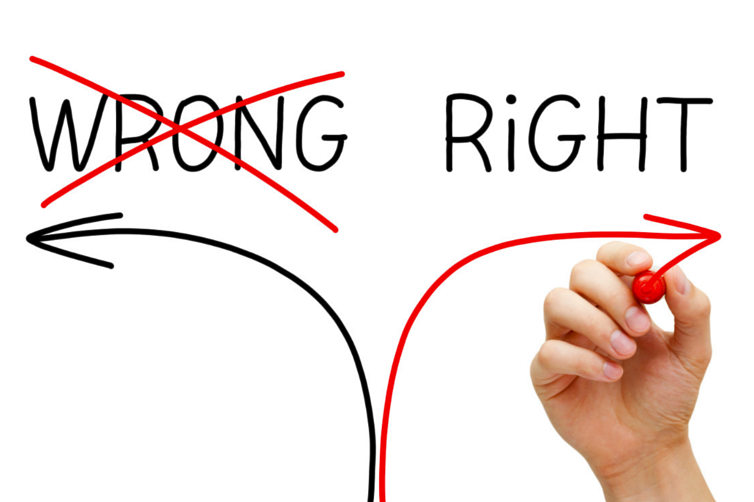Podcast: Play in new window | Download
Subscribe:
THE IMPORTANT TRUST INGREDIENT – Episode 072

You and I have often discussed the ingredients necessary to create powerful business relationships. People do business with those they know, like and trust.
How do we create that important trust ingredient?
In order to develop trust, we need to build consistent structure with our podcasts.
Structure is necessary to build consistency and trust with your fans. The audience expects specific elements each time they listen to your show. They expect your style to be consistent. Your audience expects the host to be the same for each show. You must deliver to that expectation to build trust with your fans. This trust is where podcast monetization begins.
TRUST DESTROYED
In a matter of one meal, lack of consistency destroyed my trust in one of my favorite restaurants.
My family and I went out to a steakhouse for a family meal. This was a restaurant that we visited frequently. In middle America, steak is a frequent meal.
At this particular restaurant, my favorite steak is their filet. It is thick and juicy. Usually medium-well done. Just a little pink in the middle. Oh, so good.
If I don’t order it medium-well, it is usually too red in the middle. I can’t handle steak that does not look like it has been cooked all the way. A little pink and I’m good.
A nice baked potato usually accompanies the steak. I’m in Heaven. Perfect meal.
On this particular night, I ordered it the way I typically order it. Nice and consistent.
That is not the way I received it.
Instead, the waitress delivers me a something that resembles a flat iron steak. Not even an inch thick. It looked more like a strip than a filet.
If you are not a steak eater, this would look more like a flat chicken breast. A filet is more akin to a square tennis ball. The two are nothing similar.
In fact, I don’t even think this particular restaurant has a strip steak on the menu.
If I were to order a strip, I would order it medium. Anything more than that gets delivered like a piece of shoe leather. Which is exactly what this was. The steak was tough and nothing like I ordered or expected.
The consistency wasn’t there. The restaurant destroyed any trust I had in them to deliver a meal like I ordered. My favorite meal was gone.
That was the last time we had dinner at that restaurant. It was probably a year ago. The trust was gone.
I LIKE IT LIKE I LIKE IT
Think of McDonald’s. When you order a Big Mac at McDonald’s, you expect it to taste exactly like the last Big Mac you purchased and ate. This is true whether you purchased your last Big Mac at the same restaurant, across town, in another state or around the world. You expect it to be consistent.
If the Big Mac you purchased today suddenly has mustard and sauerkraut on it, you would be a little hesitant to purchase another next time. You know what you want and want what you know. You want consistency.
Now, translate that consistency to your favorite television show. It may be a regular, primetime show, the evening news or a variety show. It really doesn’t matter.
All shows follow the same pattern. Your favorite show opens with some sort of theme. It’s the same opening for every show.
The show open probably introduces the main characters, actors or hosts. The open lets you know what to expect over the course of the show. If it is a sitcom, you might see a couple outtakes from previous episodes that define the character. If it is the news, you may see a tease for the stories coming up. If it is a variety show, they will probably tell you about the big events on this particular episode.
The show will then roll through the content.
Eventually, the show concludes in a consistent manner each time. The news will usually end with some sort of lighthearted kicker story. Variety shows may have a musical guest at the end. Dramas end happily ever after.
Every successful show follows a pattern. It is a consistent pattern. You want to know what you’re getting each and every time.
The consistency gained from the show structure helps the audience feel at ease and comfortable with the program. If your listener is new, she is brought up to speed quickly when you tell her what to expect.
If the listener is a returning participant, your introduction causes him to say to himself, “Oh, yeah. Exactly how I remember it. This is the right show.”
If you are watching the news and suddenly there are two new anchors along with different people doing the weather and sports, you will wonder if you’ve somehow stumbled upon the wrong channel. It will feel uncomfortable. It isn’t what you expected.
Consistency helps your audience feel at home. Work to achieve it every time.
You can build that consistency by creating a structure for your show that will allow you to fill the time with great content.
FIVE Ws
Just like a great news story, you can create a solid structure by defining by the Five Ws. Develop the structure of your show by determining Who, What, When, Where and Why. This structure will be the same for every show. The content of the show will vary within the structure and keep the show fresh.
Who will the audience hear on the show? Many podcasts are hosted by one or two individuals. These people are the only voices the audience hears. One person as the host is the easiest version. If you are the only person featured on your podcast, you can create the show whenever you’d like. The downside is the fact that you will need to fill the entire show with content while talking to yourself.
On the other hand, two hosts pose other problems. With two hosts, there is often no a leader of the show. The direction of the podcast is left to chance. If both are not in the same room, they will often talk over each other without the help of non-verbal cues. It requires much more work and planning to make a show with two hosts sound smooth.
There are many other versions of “who”. The host can interview a guest on each show. Callers can be part of your show with the appropriate equipment. The audience could interact with the show via e-mail. Any version of the “who” works.
Multiple styles can be combined as well, like a late night talk show. You simply need to select the style that makes you most comfortable and be consistent with it.
As you are deciding your “who”, determine what role each voice will fill. If there are two personalities with the same opinion, one of them isn’t necessary. You’ll just waste the listener’s time trying to get each personality mic time while communicating the same message. It would be very similar to debating yourself. There must be contrasting points of view between the personalities to justify the existence of each on the show.
What will be on your show? This includes topics, interviews, callers, e-mail, audio clips, highlights, sound bites, articles and other material you might include in your content. Your “what” might be answering e-mail from listeners with questions on your topic. Your “what” might be your comments and thoughts on various articles you’ve discovered on your topic. You could interview experts in your field.
As I mentioned in earlier podcast episodes, using the voice of the person asking the question is much more powerful than you reading an e-mail. That second voice adds depth to the conversation, adds validity to the question and creates a sense of eavesdropping on the conversation by the listener.
If at all possible, use audio to make your point. As you determine what will be on your show, find the “what” that excites you.
Do not get into a rut. Be creative. Find new ways to say the same thing.
When will you record and post your show? Find the time of day when you have the most energy to record your show. If you are a morning person, and you love getting up at the crack of dawn full of energy, record your show in the morning. If you enjoy staying up late long after everyone else has gone to bed, and the creative juices are just beginning to flow, choose to record at night. There is a time of day when your energy is highest.
You need to find the right time, because your energy level will be noticeable coming through the speakers. If you are tired, your audience will know. If you are smiling, your audience will be able to hear it. Find your sweet spot, and record at that time.
You do not necessarily need to post your show at the same time that you record it. You could record four shows on the same day and post them periodically over time.
If your content is time sensitive, you might need to post your show the same day you record it. For instance, if you’re discussing the day’s news or sports scores from last night, it might be stale if you wait a week to post it.
You simply need to be consistent with your posts. If you decide to post your show every Tuesday at 3p, your listeners will expect your show to be there on Tuesday at 3p. You can’t post it at 5p. The listener will not come back hoping it is there two hours late. That would be similar to the 6 o’clock news starting at 7:30. That’s not when you expect it and you wouldn’t tune it at 7:30 hoping the news is there.
Deliver on your promise. Post consistently.
You also need to decide how often you will create a show. It could be daily, weekly or monthly. It should definitely be regular and consistent to build an audience. Your fans need to trust that the show will be there when you say it will be there. Select a schedule that you can handle on a consistent basis.
Do not attempt a daily show if you cannot stick to that schedule. It is much better to post weekly and deliver too much than it is to attempt daily shows and miss a few. Humans are creatures of habit. If you can get them listening to your show as a habit every Wednesday at noon during their lunch break, use it to your advantage by posting consistently.
Where will you create your show? This is an important detail. Each episode of your show could come from your “studio”. You could also record your show on location if you are incorporating guests.
The technology available today will allow you to record almost anywhere. Find a place where you can focus on your show and control the surrounding ambient noise. You want the sound quality of your podcast to be as good as possible. However, don’t let that restrict your creativity.
Strive to make it good, but do not let perfect get in your way. Location is an important factor to the professional sound of your show. Content is as well. Balance the two.
Why are you creating a podcast? You need to find your passion. If you are creating a podcast for reasons other than your passions, you will find it difficult to keep up the consistency required to be successful.
Find the one thing that you love to discuss more than anything else. That should be the topic of your podcast. Chances are, you already know a ton about your passion topic. You will also find it easy and rewarding to discuss that topic. Money will typically follow you if you follow your passion.
Work to create that important trust ingredient by building consistent structure with your podcasts.
Create a structure for your podcast that will remain consistent for each show. The consistency will help build trust with your audience. Deliver to the expectations of your listener. That trust is the first step in monetizing your podcast.
I’d love to help you with your podcast. Post any questions or comments you might have, or e-mail me at Coach@PodcastTalentCoach.com.
You can find my podcast and other tools to help you create great content at www.PodcastTalentCoach.com. Let’s turn your information into engaging entertainment.
Let’s turn your information into engaging entertainment.
